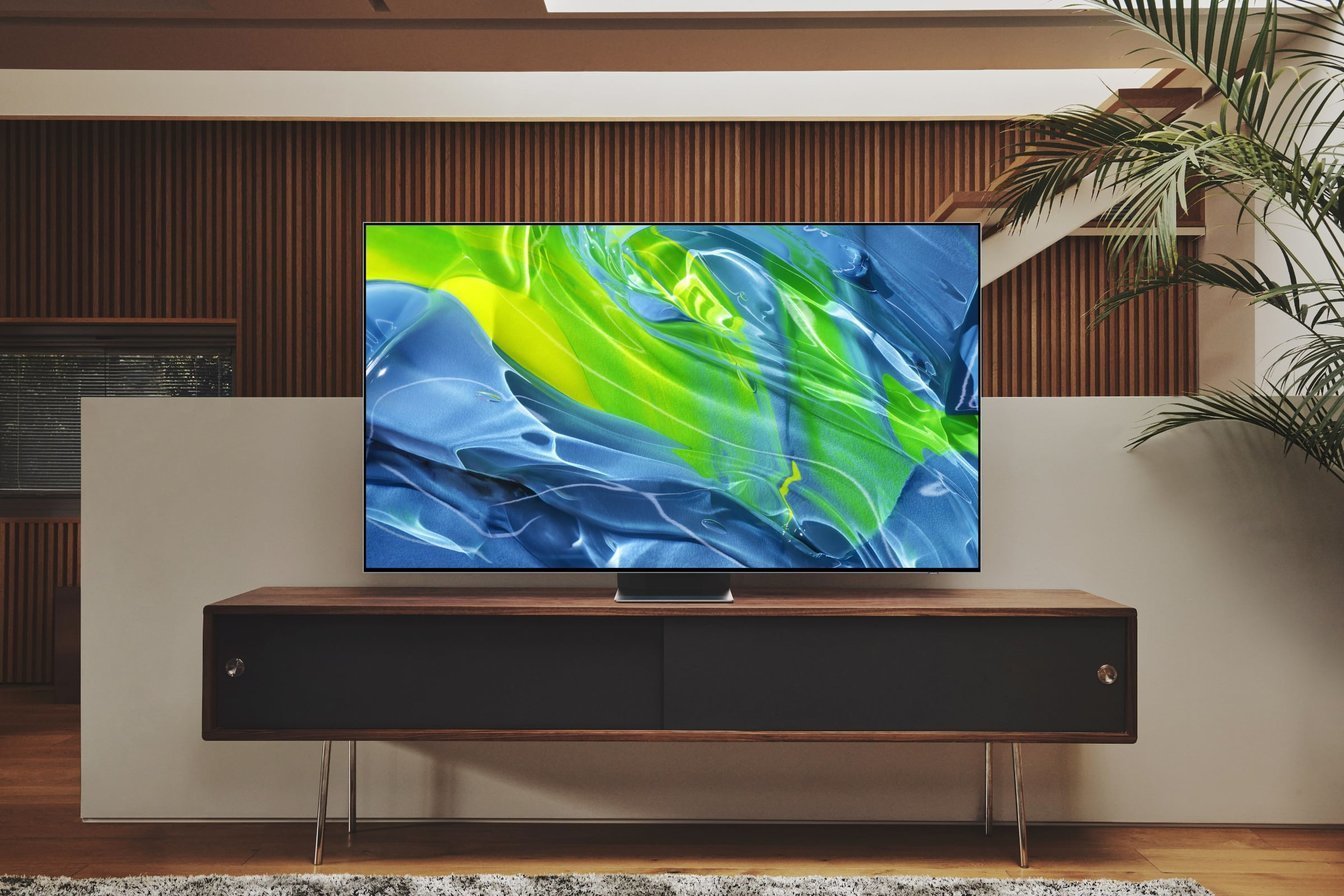Samsung Display is said to be developing a new way of creating OLED pixels for its QD-OLED displays in order to reduce its manufacturing costs and make them more price-competitive with the existing OLED panels made by its rival LG Display.

A report in The Elec says Samsung Display is working on an improved blue OLED pixel structure that could boost the brightness of QD-OLED displays while reducing manufacturing costs.
The report explains that the red and green pixels in traditional OLED panels are made of phosphorescent materials that ensure 100% efficiency in terms of brightness. However, the blue OLED pixels are made with fluorescent materials that are only 25% efficient.
The QD-OLED displays are different from regular OLED in that they only use blue and green pixels, with the quantum dots converting those light sources into other colours. That’s different from traditional OLED, which relies on red, green and blue pixels.
At present, Samsung Display’s QD-OLED panels use three layers of blue pixels due to their limited efficiency, with just one layer of the superior green pixels.
So what the company is doing is researching ways it can create blue pixels from phosphorescent material so as to match the efficiency of green pixels. It has reportedly made significant progress and has already published an academic research paper on this work.
The Elec quotes professor Kwon Jang-hyuk of Kyung Hee University as saying that Samsung Display is “prioritising applying phosphorescent blue OLED material to its advanced TV panel”.
The professor goes on to explain that the company has made progress not just in theory, but also “in practice”, and that it will showcase the new pixel structure on prototype QD-OLED displays “within the year”.
If the new blue OLED pixels work as well as Samsung Display hopes, it could have some big benefits for consumers. It would means Samsung could get away with using just two layers of pixels instead of the four it currently implements. This would mean less materials are used in the panel’s manufacture, as well as less complexity. The end result would be more efficient QD-OLED panels that are much easier to build. In other words, Samsung Display would be able to create a superior QD-OLED panel at lower cost.
There are other reasons to believe we could see lower-cost QD-OLED TVs arriving soon. Last month it was reported that Samsung Display has significantly improved QD-OLED production yield at its Asan Campus in South Chungcheong, South Korea, meaning that it's producing fewer defective panels that have to be scrapped. In addition, the company is reportedly looking to begin manufacturing smaller (and therefore cheaper) 49-inch QD-OLED displays by next year. Buyers may have more expensive options too, with 77-inch QD-OLED panels possibly also on the menu in 2023.
These are exciting developments because today’s first-generation QD-OLED TVs, although cheaper than expected, are still among the most expensive flagship 4K screens that money can buy. Meanwhile, the price of regular OLED TVs has been falling rapidly in recent years, with some newer models now selling for around £1,000. With the economy reportedly going down the pan, greater affordability may well be necessary if QD-OLED tech is to go mainstream.